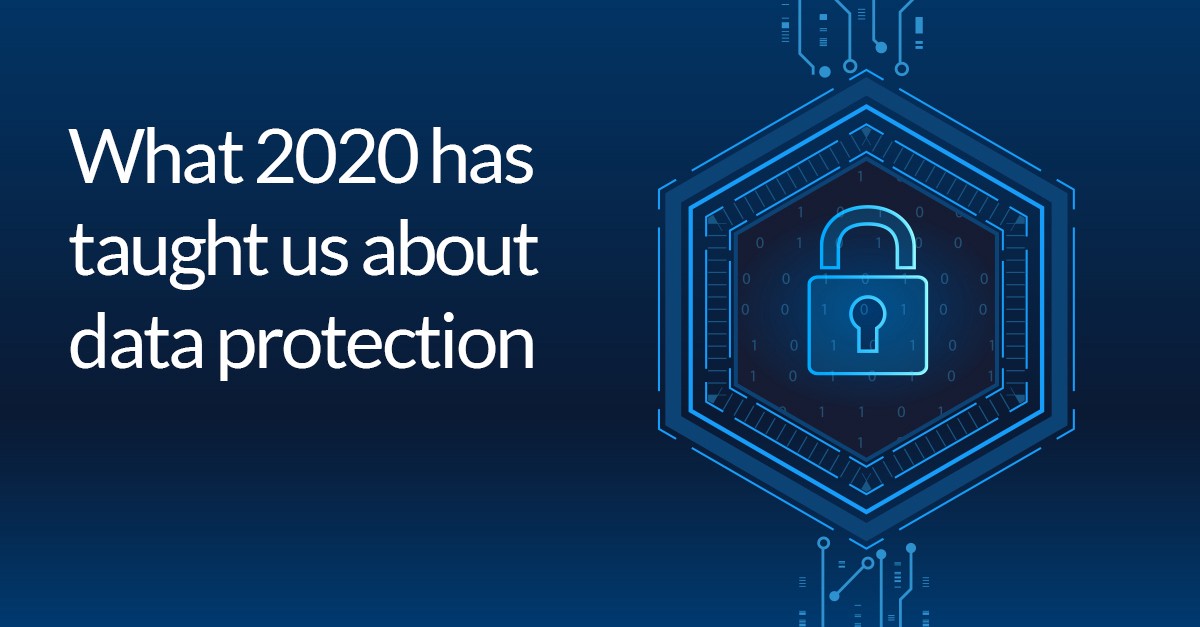What can Charles Dickens teach businesses in the era of Covid-19? Part 2

“It was the best of times”
So I took the beginning two lines of A Tale of Two Cities and flipped them — partly because I believe it’s always better to hear bad news first. (If you missed the first part of this series, you can catch up here.) But it’s also because that ‘bad news’ can be the foundation of some incredible lasting changes. Sure, some societal shifts develop slowly over the course of years. Many happen like the snap of a rubber band. This time last year, the average person wouldn’t have believed months of isolation, social distancing, travel restrictions that are now the norm. People — and the businesses they run — are capable of great change. So what might we have to look forward to?
Remote working can be great for businesses and employees
When companies allow remote working as standard, staff can choose to live wherever they want in the country (or even the world), as long as they have access to reliable internet. Already love where you live but can’t find a job locally? There’s no need to pack up the house and take your family to a new location just for work — the job market is seemingly infinite.
Employers can choose from a pool of millions to find the ideal candidate. Using the same systems frantically put in place as countries locked down, teams can seamlessly work together across vast distances.
As an added benefit, remote working also opens up new opportunities to the disabled and disadvantaged. Single parents or carers would have the chance to work while still balancing the demands of their home life. Physically disabled and neurodiverse employees who may find office settings counterproductive can ensure their home working environments are set up for success.
“For example, if someone has a condition such as ME, which means they need to work in short bursts and then rest, working from home makes that totally doable,” says Jane Hatton, founder of EvenBreak.
Flexible work times
The concept of the 8-hour work day stretches back to the Industrial Revolution, when employees were sometimes working 10–14 hours at a time every day. Labor movements across the world established a working pattern that’s familiar to us today: 8 hours of work, 8 hours of leisure, 8 hours of sleep. (I’m reducing decades worth of history into a short paragraph, so if you’d like to learn more, click here).
Remote working eliminates a commute, and when combined with a workforce potentially spread across time zones, the 9–5 comes into question. What’s more important, sitting in front of your computer from X am to X pm? Or producing quality work, on time and on budget? Pushed to answer, I would guess most team leaders would choose the latter.
“For example, if someone has a condition such as ME, which means they need to work in short bursts and then rest, working from home makes that totally doable.”
Whether you’re a lark or a night owl, like to work in short bursts or long stretches, it may not matter. What will matter is your performance (which I’ll touch on briefly in the next section).
All that said, of course we’d have to find times to be online together for meetings, coworking and even social time. Some opponents would claim this limits those valuable spontaneous breakout conversations that can spark creativity. While true, I’d argue that remote working eliminates the potential for distraction and forced context-switching. It’s far easier to plug into a project for long stretches of time when you have more control over your environment.
A shift in performance evaluations
Managing a remote team brings a different set of issues and worries, not least of which is a change in evaluating employee performance. Before Covid-19 pushed a huge portion of the workforce home, most performance reviews revolved around the core skills and projects directly related to an employee’s job. Soft-skills — like motivation, initiative — played a tangential part to more straightforward and measurable metrics.
However, being a remote employee demands new abilities and managers would do well to highlight where employees are thriving. Self-starters who are able to prioritize and finish work without lots of supervision are the backbone of this type of workforce.
Remote workers — now’s the time to hone your teamwork and collaboration skills. Producing results is just as important as supporting your coworkers, anticipating roadblocks before they become big issues, and finding new ways to support your company’s mission.
Other than remote working, how else could the pandemic change businesses?
Here are some short and sweet observations that are bright spots in the middle of what feels like a dark time.
Addressing housing crises and rural income disparity
In the long term, a shift from offices may mean a shift away from the traditional “downtown” areas of cities. One only has to look to what online shopping has done to shopping malls and other physical stores. And as we discussed in the previous piece, the overhead cost of maintaining half-empty office buildings will be one of the very first bills companies must address. Rents are already steeply dropping in Silicon Valley — is this a sign of things to come?
Universal Basic Income
The concept is a simple one: individuals receive enough money from the government to cover their essential needs and maintain a quality of life above the poverty line. In theory, this would allow employees to feel more secure to invent, invest, and branch out into the world. By knowing their most vital bills — like rent, food, water, heat, electricity — are covered, they may finally start that business or non-profit they’ve been dreaming about. It would also provide a safety net for the most vulnerable in the event of another global crisis.
And this isn’t a pipe-dream — Spain is already implementing it.
Accelerated automation
Fewer commuters mean fewer cars on the road, traffic accidents have been sharply reduced, and there’s been a drastic drop in pollution. What has increased is the use of driverless vehicles. The pandemic has given companies on the forefront of this emerging technology the ability to test out their designs in the real world. Contactless deliveries of food, cleaning supplies, vital PPE and more have kept many communities running. From robot food deliveries in Milton Keynes and support for food banks in the Bay Area, to driverless cars shuttling Covid-19 tests for the Mayo Clinic, this type of automation may be here to stay.
Renewed infrastructure and supply chains
Closing the digital divide in the United States (and other countries) would accelerate economic growth in depressed areas. Closing supply chain gaps the pandemic exposed may create jobs and industries in new places and deploy smarter logistics.
It was the best of times, it was the worst of times
In conclusion, Charles Dickens’ observation could be exactly what we need right now. Our world may be on the brink of an economic crisis the likes of which we’ve never seen, but that doesn’t mean all progress ends. There are spots of hope and opportunity that may never have been illuminated without this shared global experience. It’s a matter of peering through the “season of Darkness” to see the potential “season of Light” ahead.
What else do you think businesses will learn from this pandemic? How do you see the world changing as we recover from Covid-19? I’d love to hear your thoughts.


